How to Test Fuel Injectors

Last updated September 7, 2023
The fuel injection system is an important part of your vehicle’s engine. When fuel injectors go bad or get clogged, they can cause problems like rough idling, knocking, poor gas mileage and smoky exhaust. The good news is that you can check for fuel injection issues on your own. This guide will teach you how to test fuel injectors in different ways, so you know when to make repairs.
Difficulty:
Beginner
Duration:
Under 2 hours
Table of Contents
Before You Test
Get Ready to Test
Listening Test
Voltage Test
Leak Test
Diagnostic Scanning
Before You Test
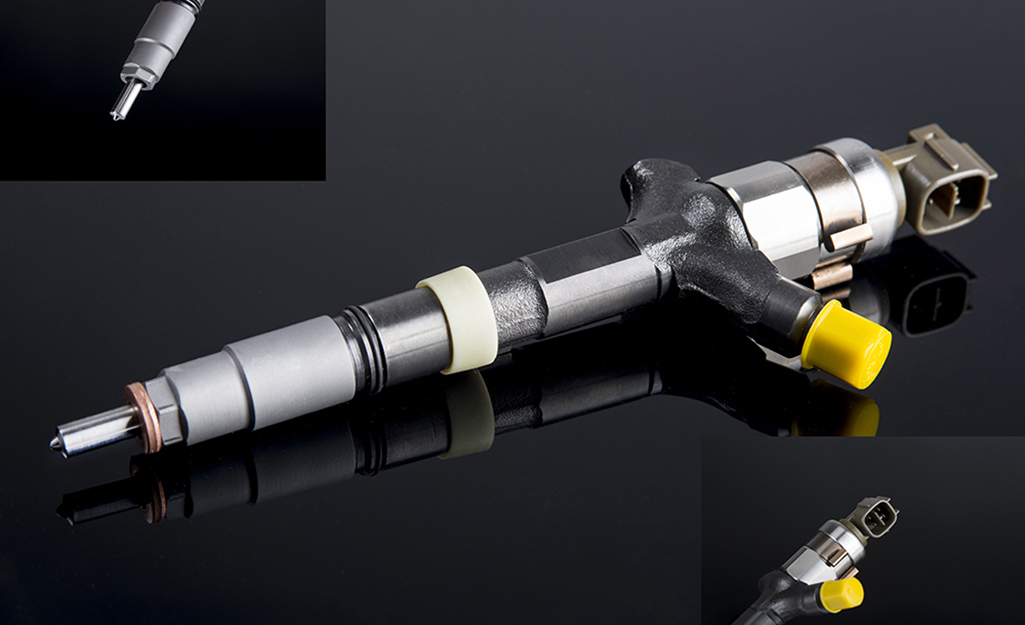
Fuel injectors spray fuel into the cylinders in the engine. Then, spark plugs ignite the fuel to power the engine. If your fuel injectors aren’t working right, your engine might not get enough fuel. Your car has multiple fuel injectors. Locate them on the engine manifold positioned on top of the engine.
Like many parts of a car, fuel injectors wear out over time. Most last through 50,000 to 100,000 miles of driving. Tracking your mileage will give you a rough idea of when to replace them.
Sometimes, problems can occur sooner. Fuel injectors can get clogged, and sensors can go bad. When these things happen, the fuel injectors won’t function as they should.
There are several types of fuel injectors, but EFI (Electronic Fuel Injection) systems are by far the most widely used today on cars and light trucks. The steps in this guide are for these systems. Consult your owner’s manual for more information about the type of fuel injectors in your vehicle.
Get Ready to Test
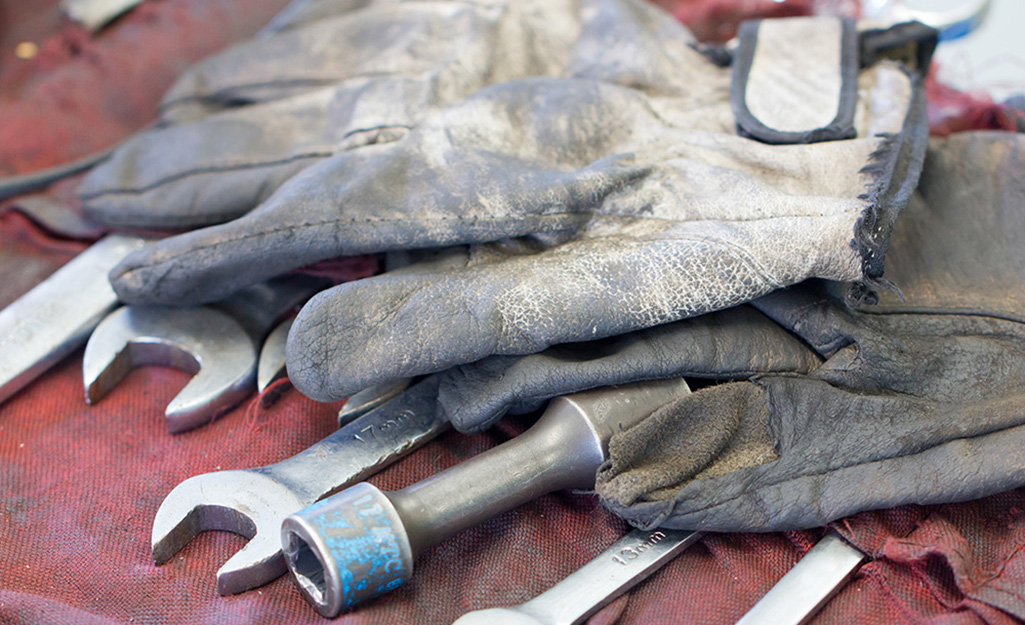
Taking steps to prepare for testing can help you stay safe throughout the process.
Put on work gloves to protect your hands from scrapes and scratches. Use eye protection to shield your eyes from debris and fuel. Wear coveralls or long sleeves to limit contact with fuel.
When possible, work outside. If you have to be in the garage, open the doors and consider using fans to increase airflow. Because gas fumes can catch fire, don’t smoke and avoid open flames during testing.
Before you get to work, put the car in park and apply the emergency brake. Touch the hood to check the temperature. If it’s warm, wait for the car to cool completely. Then, pop the hood.
Tip: Read your car owner’s manual for specific fuel injector testing and engine care instructions. If the automaker gives you advice different from this guide, follow their directions for the best results.
Listening Test
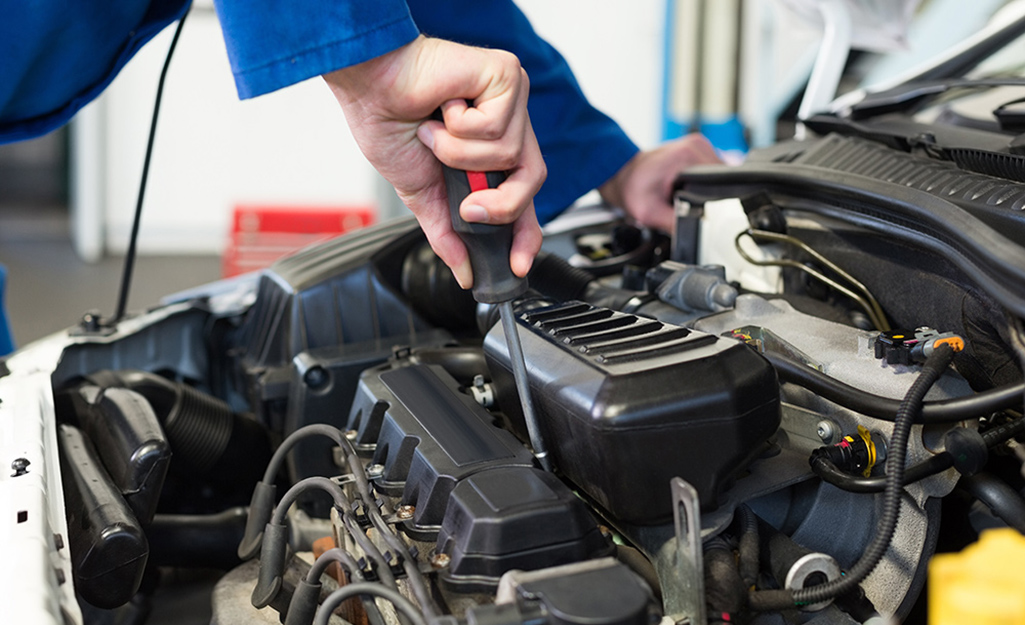
The listening test helps you spot injectors that don’t work. To do it, start the engine and allow your car to idle.
While the engine runs, put the tip of a long metal screwdriver against one of the fuel injectors. Lean in and put your ear on the handle of the screwdriver.
A clicking sound indicates a good injector. If you don’t hear anything, the injector may need to be cleaned or replaced.
Continue on, checking each fuel injector. Make a note of which injectors are quiet.
Voltage Test
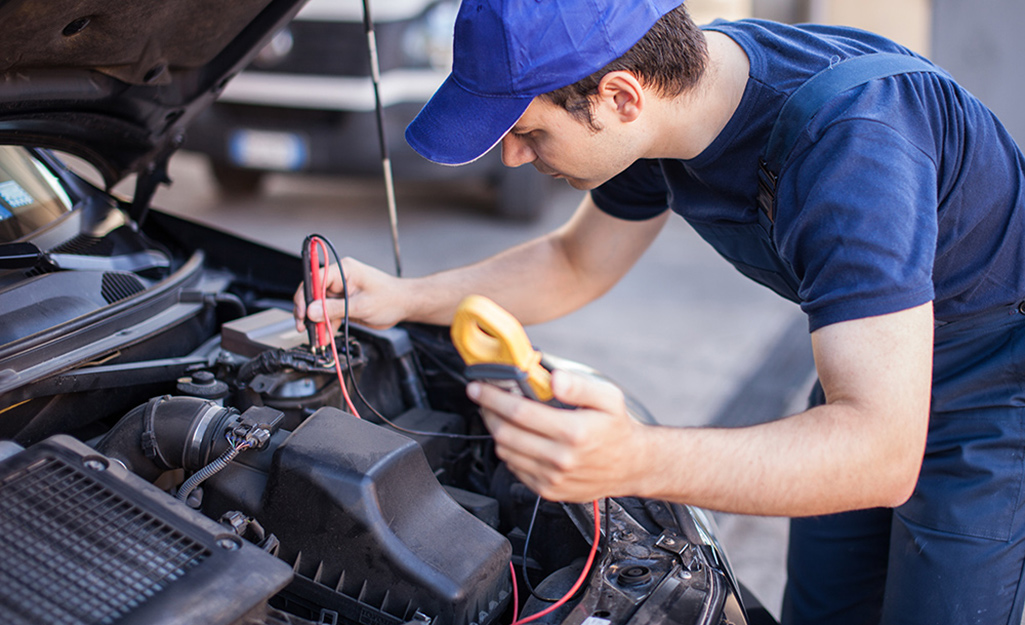
Leaks on or around your fuel injector can indicate that it has bad O-ring seals and it may need to be replaced.
Smell for gas on or around the injector and look for visible leaks or drips.
Leak Test
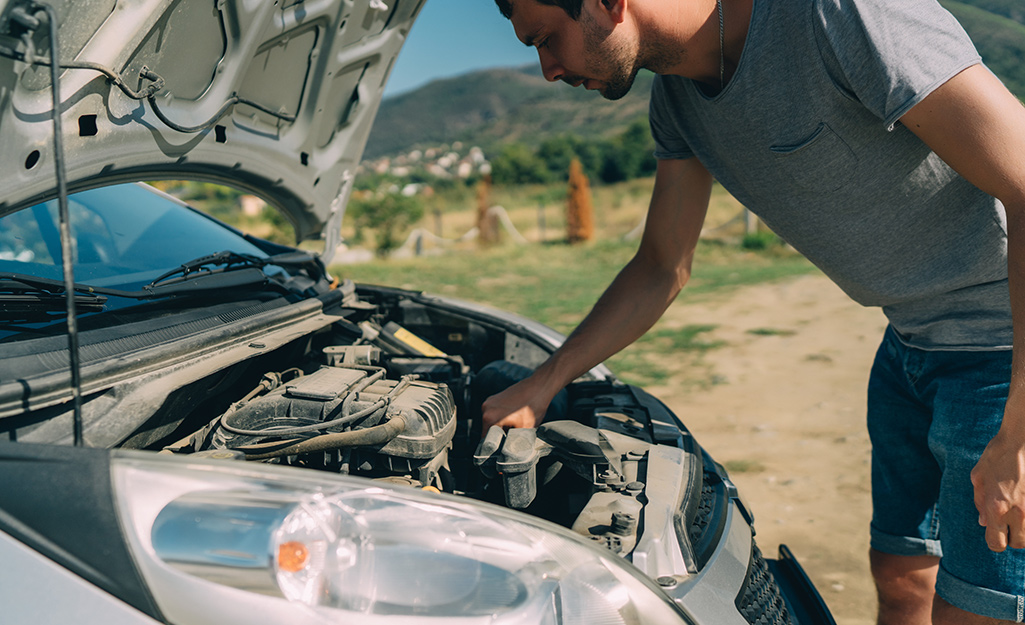
Leaks can happen if the O-ring seals on a fuel injector wear out. To check for leaks, turn on the engine and let the car idle for a few minutes. Lean in and see if you notice the smell of gasoline.
Shine a flashlight or a work light under the hood and look for leaking gas. If you smell or spot leaks, one or more fuel injectors may need to be replaced
Diagnostic Scanning
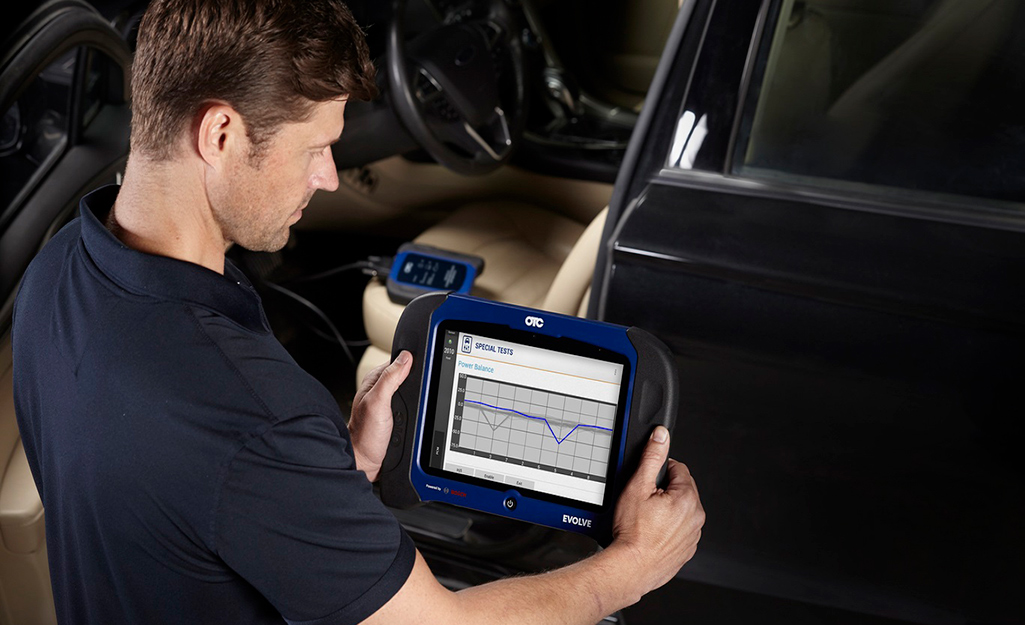
A diagnostic scanner can help you identify bad fuel injectors. Also called an on-board diagnostics (OBD) reader, this device can read the data your vehicle’s computer system stores. By doing so, it allows you to spot errors and problems.
Each scanner works a little differently. Refer to the manufacturer’s instructions to find out how to connect it to your vehicle and what to look for on the display.
Clean Fuel Injectors as Needed
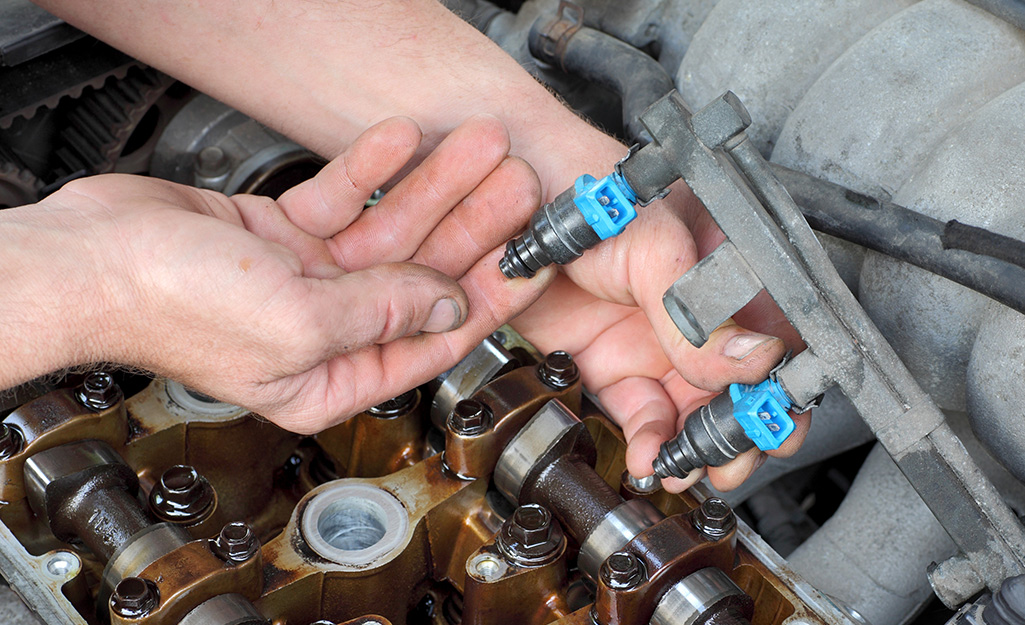
Every time you turn on your ignition, residue from the engine and gas additives go through the injectors. This residue can build up over time, causing fuel injector problems. Cleaning may fix things to get your car working again.
The simplest way to clean the fuel injectors is to pour fuel system cleaner into a full tank of gas. As you drive, the cleaning fluid will move throughout the fuel injection system and break up residue.
If you still have problems with a fuel injector after using a fuel system cleaner, remove it following the instructions in your owner’s manual. Fill a spray bottle with fuel system cleaner orcarburetor cleaner . Then, spray the injector with the cleaner. Reinstall the fuel injector and test or drive your car.
Should the issue persist, visit an auto repair shop for professional cleaning services.
Knowing how to test your fuel injectors is an important part of taking care of your car. By following the steps above, you can spot injectors that need cleaning or replacement. Shop at The Home Depot today to get the tools and supplies you need for fuel injector troubleshooting and care.
Use The Home Depot Mobile App
to locate products and check inventory. We’ll take you to the exact aisle and bay.



























